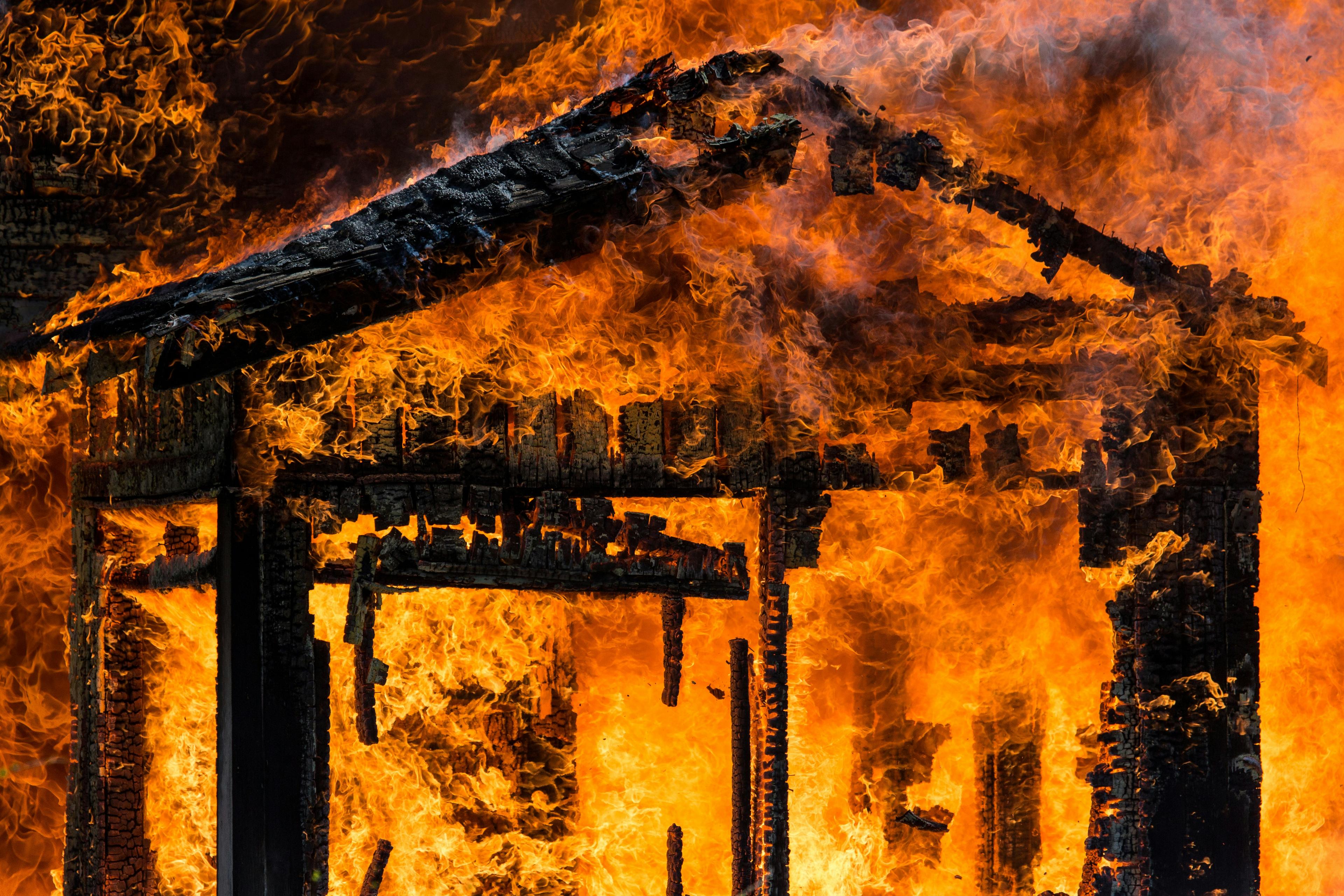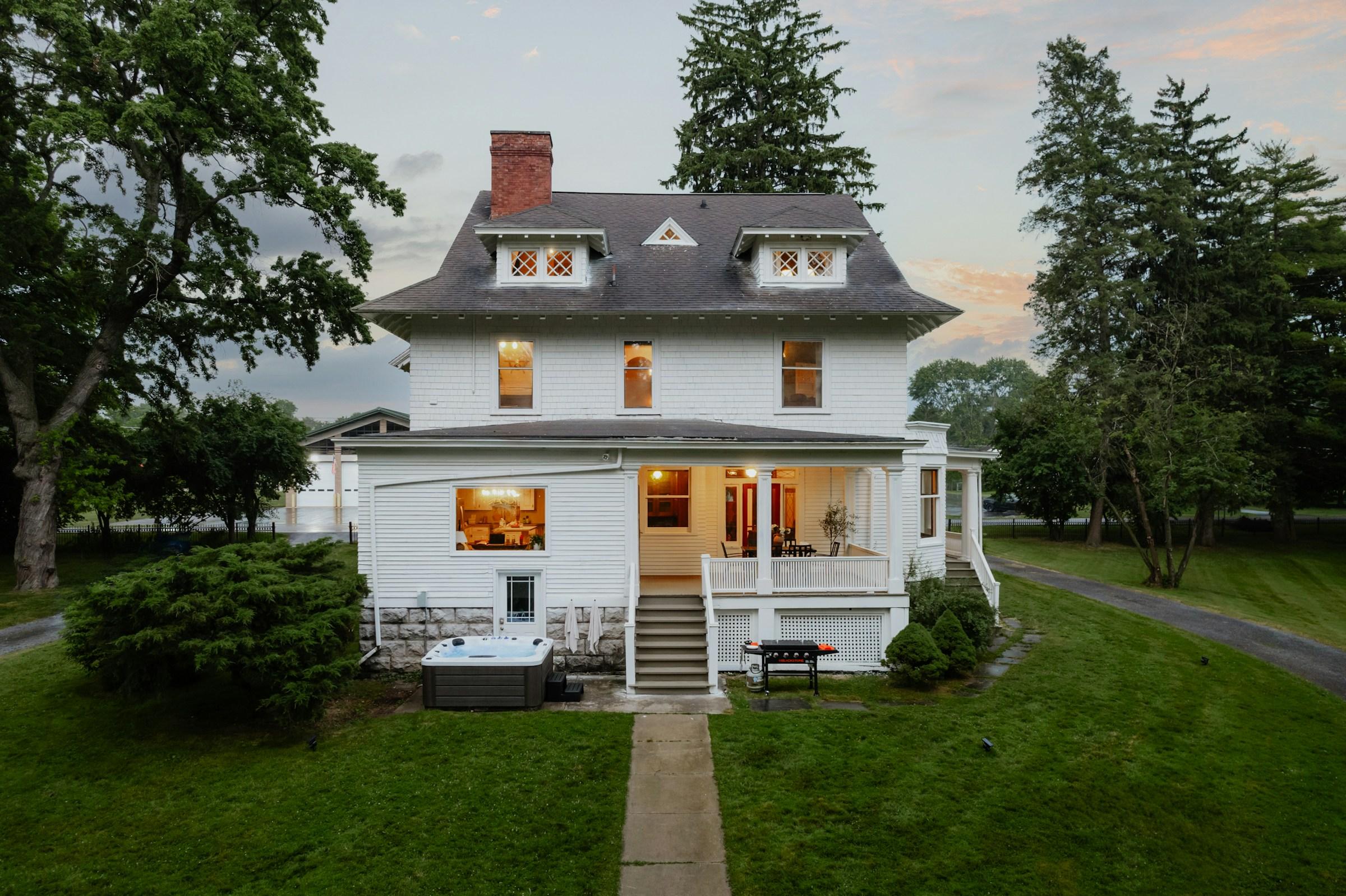When people picture their worst financial fears, a house fire is usually near the top of the list. The emotional shock is immediate. In the middle of that, a very practical question arrives just as quickly. If the property is gone, what happens to the mortgage that was tied to it. Many owners assume that if the building is destroyed, the loan disappears too. In reality, the mortgage is a legal debt. The building may be gone, but the obligation to the bank usually remains until it is repaid or formally written off.
A mortgage is simply a long term loan secured against a specific property. The house or apartment is collateral that gives the lender comfort that if you stop paying, they can recover the debt by selling the property. When a fire destroys that collateral, the security behind the loan is damaged, but the contract does not automatically cancel itself. Unless there is a specific clause that says otherwise, you still owe the outstanding balance. This is why lenders almost always require some form of fire or home insurance as a condition of granting the loan.
In most markets, a standard home loan comes with a requirement to keep adequate building insurance in place for as long as the mortgage runs. The bank is usually listed as an interested party on the policy, sometimes called a mortgagee clause. This means the insurer knows that a lender has a financial stake in the property, and any payout after a covered fire must take that into account. If a blaze destroys the building, the insurance claim is often paid either directly to the lender or into a controlled account where the lender has a say in how the funds are used.
What happens next depends on two key questions. First, is the home a total loss or can it be repaired. Second, do you intend to rebuild or walk away. If the structure can be repaired, insurers and lenders commonly prefer a reinstatement path. The payout is released in stages to fund repairs, contractors are paid, and the building is restored to a safe, habitable condition. Throughout that period, you may still be expected to continue making mortgage payments, because the loan has not disappeared. In some cases, the lender may agree to a temporary payment pause or a restructuring while the property is unlivable, but this is a negotiated arrangement, not an automatic right.
If the home is classified as a total loss or you decide not to rebuild, the insurance payout may instead be applied to reduce or clear the mortgage. Here, the details of your policy matter. Some policies insure for the estimated cost of rebuilding, others for a fixed sum, and some owners are unknowingly underinsured. If the insurance payout equals or exceeds the remaining balance, the lender can be repaid and the mortgage discharged. You would then own the land or residual rights free of that loan, and you can decide whether to sell the site, rebuild on different terms, or hold it as an asset.
The more difficult scenario is when the insurance money is not enough to cover the mortgage. This can happen if the sum insured was set too low, if rebuilding costs have risen, or if the policy has exclusions that reduce the payout. In that situation, the lender is paid first and any shortfall remains your responsibility. You may still owe the bank money even though the building is gone. The lender may allow you to continue repaying the remaining balance over time, restructure the loan, or in more severe cases, pursue recovery action that can include legal proceedings or forced sale of the land. The uncomfortable truth is that the mortgage if your home is destroyed by fire is still a binding financial commitment unless fully repaid.
Governments and regulators sometimes step in where fires are linked to wider disasters such as major urban fires or national emergencies. Banks may be encouraged to offer temporary payment moratoriums, waive certain penalty fees, or lengthen loan tenors to reduce monthly instalments. In social housing or public housing systems, there may be dedicated funds to support affected families with temporary accommodation and basic rebuilding costs. These measures usually serve to soften the cash flow shock. They do not usually erase the underlying mortgage entirely, unless there is a very specific relief program or insurance product designed to do that.
Another layer in this picture is separate life or mortgage protection insurance. Some homeowners have a policy that repays the remaining loan if they die or become totally disabled. That cover is aimed at protecting dependents rather than the building. A house fire is usually handled under property insurance, not mortgage life cover, unless the event also triggers a life or disability claim. It is important not to assume that one policy automatically protects against every risk. Property, life, and income protection insurance each have separate roles, and a gap in one area can become obvious only when something goes wrong.
So what should you do in the immediate aftermath of a serious fire. Once safety is secured and authorities have been alerted, the next calls are typically to your insurer and your lender. The insurer needs to open a claim, arrange for loss adjusters to assess damage, and explain what documentation they need. The lender needs to be informed that the collateral backing the loan has been damaged and that an insurance claim is in progress. Being proactive with your bank matters because missed payments without explanation may be treated like any other delinquency, even if the reason is a disaster. Early communication allows the lender to consider short term relief such as payment deferrals or interest only periods.
As the claim progresses, there will be practical decisions about whether to repair or rebuild, or to take a settlement and not reinstate the property. Lenders have an interest in preserving the value of their security. They may prefer a rebuild, but they also need to consider your ability to manage additional borrowing or higher repayments if rebuilding costs are higher than the insurance payout. For some owners, especially those already stretched, it may be more realistic to use the payout to reduce the mortgage, sell the land if possible, and reset their housing plans instead of carrying a heavy debt into a major construction project.
If you discover after the fire that you were underinsured, the situation becomes even more sensitive. Underinsurance can mean that even a full payout leaves a gap compared with the true cost of rebuilding or the outstanding loan. Some policies include clauses that reduce payouts if the sum insured is significantly below the actual replacement cost. At that point, you are negotiating with both the insurer and the lender, and you may benefit from independent legal or financial advice. The lender will want assurance that its risk is still being managed, and you will need a realistic plan to handle any remaining debt alongside your need for housing.
It is worth understanding how temporary accommodation fits into this picture. Some property policies include a benefit for alternative accommodation or loss of rent for a set period while repairs are carried out. That can help cover the cost of renting elsewhere while still servicing your mortgage. Where such cover is absent, you may face the strain of paying rent and a mortgage at the same time, which is why regulators and consumer advocates often stress the importance of reading policy wording carefully before a crisis, not after.
Looking ahead, there are a few planning lessons that emerge from this scenario. First, review your building insurance sum insured regularly, especially when construction costs or property values have risen. The goal is not just to protect the market value of your home but to ensure there is enough cover to rebuild a similar structure and repay the lender if required. Second, keep copies of important documents such as your mortgage agreement, insurance schedule, and identification in secure digital form or offsite storage, so that you can access them quickly if your physical home is lost. Third, consider how an emergency fund fits into your wider plan, because even with insurance, there can be deductibles, temporary living costs, and other expenses that need cash on hand.
Finally, it is important to see the mortgage if your home is destroyed by fire not only as a technical problem but as part of a larger financial resilience story. A house fire is rare, but it shows how interconnected your debts, insurance, and everyday cash flow really are. The bank is concerned with the loan, the insurer with the policy wording, and you with rebuilding a life. When these three parts are aligned ahead of time through adequate cover, realistic borrowing, and a basic safety buffer, a disaster is still painful but less likely to turn into a permanent financial crisis. The better you understand these mechanics now, the more prepared you are to ask the right questions and make steady decisions if the unthinkable ever happens.














.jpg&w=3840&q=75)